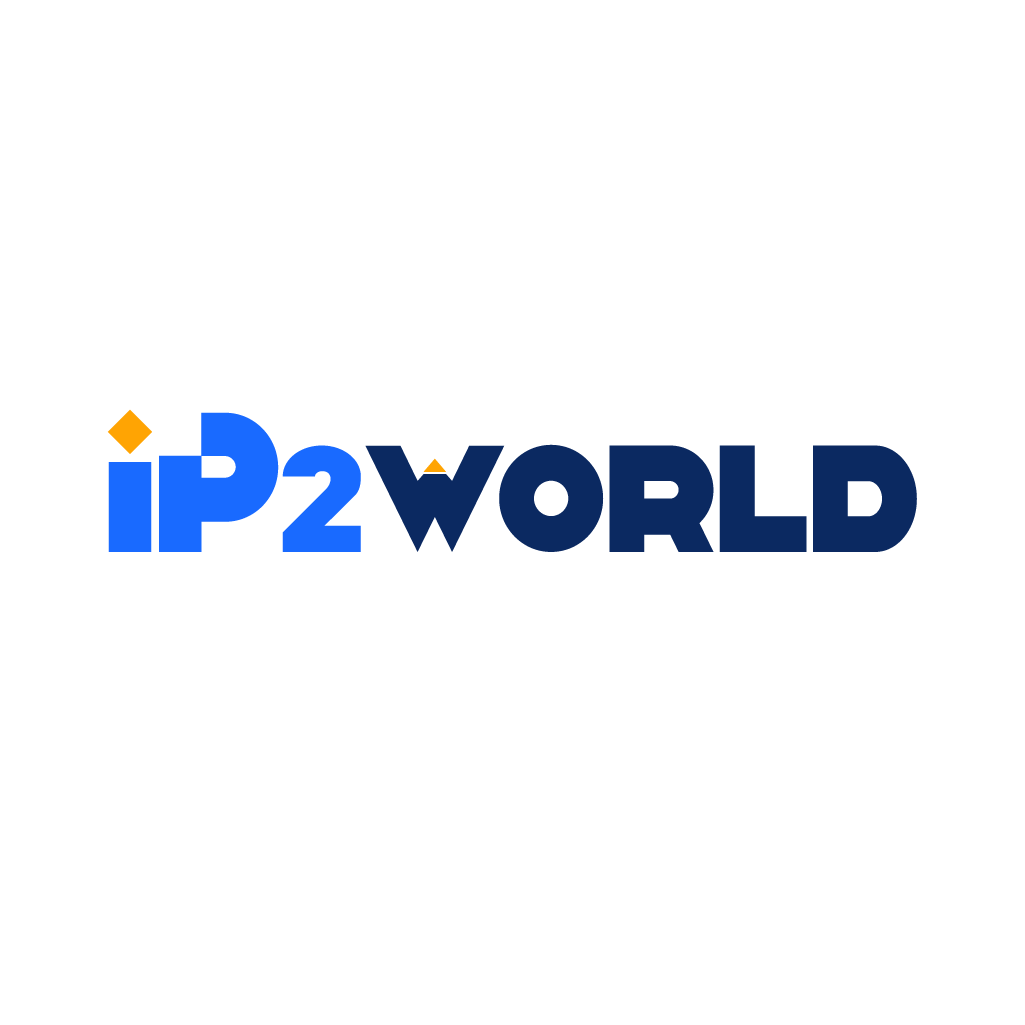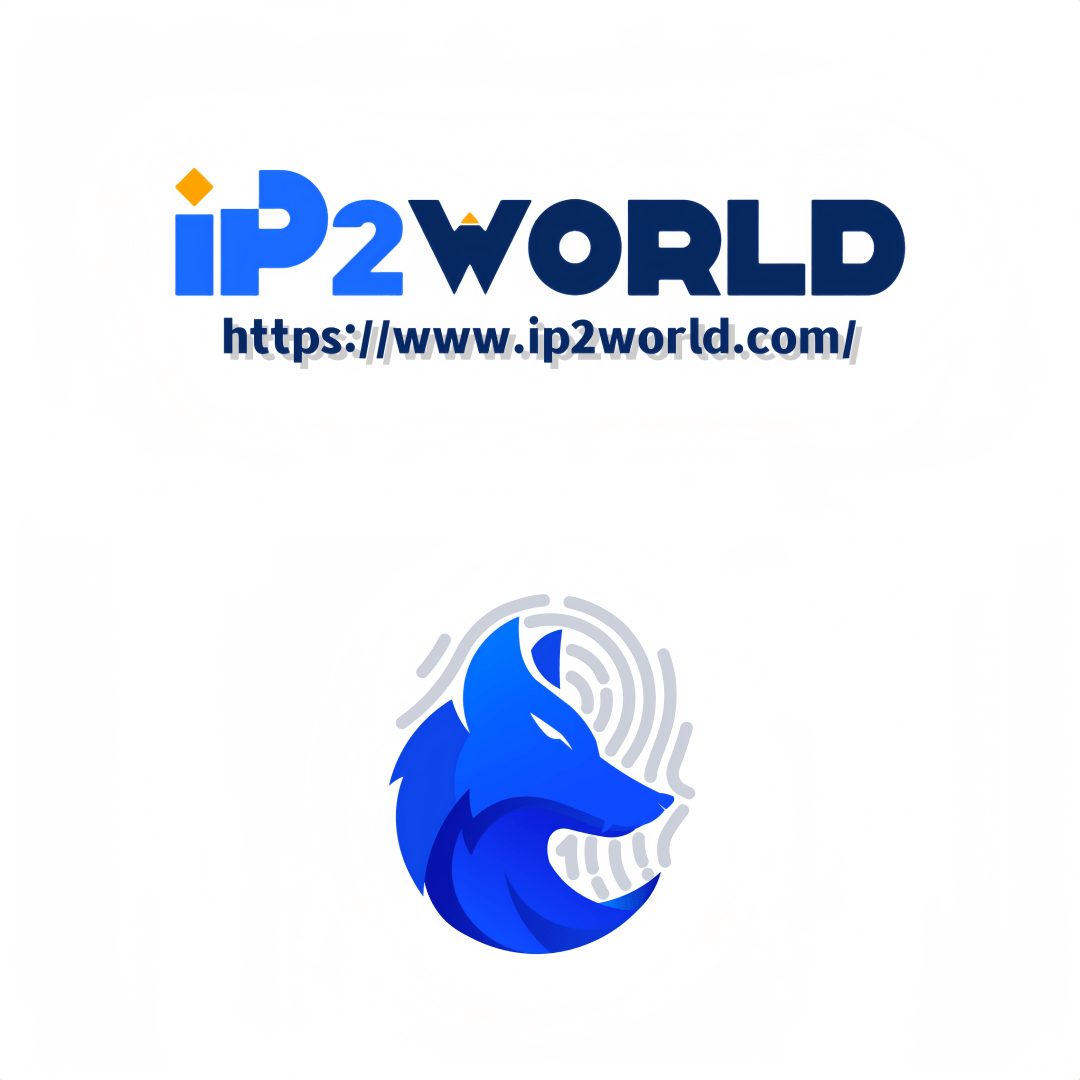In today's digital age, where the boundaries between the physical and virtual worlds are increasingly blurred, mobile devices have become the primary gateway to the internet for billions of users worldwide. As we navigate through this mobile-centric landscape, the importance of maintaining security, privacy, and efficiency in our digital interactions has never been more pronounced. Proxies, long utilized within desktop environments to safeguard privacy and enhance connectivity, are now increasingly pivotal in the mobile ecosystem. This article explores the unique considerations and challenges of utilizing proxies within a mobile environment, offering insights into how to effectively leverage these tools to secure mobile internet access and enhance user experience.Understanding Mobile ProxiesA proxy server acts as an intermediary between a mobile device and the rest of the internet. This setup allows for the redirection of internet traffic, enabling anonymity, bypassing geo-restrictions, improving security, and accelerating content delivery. However, the mobile environment introduces specific considerations that must be addressed to optimize the use of proxies.Mobile-Specific Proxy Considerations1. Network Variability: Unlike stationary desktop environments, mobile devices constantly switch networks, moving from Wi-Fi to various mobile data networks (3G, 4G, LTE, 5G). Proxies used in mobile environments must seamlessly handle these transitions without disrupting the user's internet session or compromising security.2. Battery Life: Mobile devices are constrained by battery life. Proxies, especially those that encrypt data, can increase the processing power required for internet activities, thereby impacting battery consumption. Optimizing proxy solutions for low energy consumption is crucial for maintaining device usability.3. Performance and Speed: Mobile users demand fast, responsive internet access. High-latency proxies can significantly degrade the user experience. Mobile proxies need to offer low latency and high throughput to keep up with the demands of video streaming, online gaming, and other bandwidth-intensive activities.4. Security Challenges: Mobile devices often connect to public Wi-Fi networks, which are notorious for security vulnerabilities. Proxies in a mobile environment must provide robust encryption and security features to protect against these risks, safeguarding data from interception, man-in-the-middle attacks, and other cyber threats.5. Configuration and Management: The diversity of mobile operating systems (iOS, Android, etc.) and the plethora of mobile applications complicate the configuration and management of proxy settings. Solutions need to be user-friendly, allowing for easy setup and automatic configuration to ensure widespread adoption and effectiveness.6. Content Adaptation: Mobile devices display content differently from desktops, often requiring data compression and optimization for small screens. Proxies should ideally offer content adaptation features, ensuring that web pages load quickly and efficiently on mobile devices.Leveraging Mobile Proxies for Enhanced Security and AccessibilityIn the realm of mobile internet usage, where security threats loom and accessibility demands are high, leveraging mobile proxies becomes not just a strategy but a necessity. The proper use of mobile proxies, coupled with an understanding of secure protocols, selecting the right proxy providers, and optimizing for performance, can dramatically enhance both security and accessibility for mobile users. Let’s delve deeper into these aspects to understand how they can be maximized to their fullest potential.Implementing Secure ProtocolsThe cornerstone of utilizing mobile proxies effectively lies in the implementation of secure proxy protocols. Among these, SOCKS5 and HTTPS stand out for their robustness and reliability.SOCKS5 Protocol: SOCKS5, the latest version of the SOCKS protocol, offers a level of encryption that makes your data transfers over mobile networks more secure. It supports both TCP and UDP connections, thus providing a versatile solution that is compatible with various types of internet traffic, including VOIP and FTP. By routing your mobile device’s internet connection through a SOCKS5 proxy, you can enjoy an enhanced layer of security, minimizing the risk of data breaches and eavesdropping. Its ability to bypass internet blocks and filters also ensures greater accessibility to content that might be restricted on a mobile network.HTTPS Protocol: HTTPS proxies encrypt and secure HTTP requests, creating a secure browsing environment for mobile users. By encrypting the data in transit, HTTPS proxies protect sensitive information such as login credentials, banking details, and personal data from potential interceptors. This is particularly important when connecting to public Wi-Fi networks, which are more susceptible to security threats. The use of HTTPS proxies is crucial for maintaining the confidentiality and integrity of your mobile communications, providing peace of mind and a safer browsing experience.Choosing the Right Proxy ProviderThe effectiveness of mobile proxies greatly depends on the quality of the proxy provider. A provider that specializes in dedicated mobile proxies and understands the intricacies of mobile internet usage can significantly enhance your mobile web experience.Specialization in Mobile Proxies: Providers offering dedicated mobile proxies that simulate real mobile IP addresses are invaluable. These IPs are less likely to be identified as proxies by websites and services, thereby reducing the risk of being blocked or flagged. This is especially beneficial for users engaging in activities that require high anonymity, such as competitive research, social media management, and geo-sensitive access to content.Understanding Mobile Nuances: A proxy provider with a deep understanding of the mobile landscape can offer solutions tailored to mobile-specific challenges. This includes dynamic IP rotation to mimic natural user behavior, custom headers to match mobile web requests, and optimized routing to ensure the best possible speed and reliability on mobile networks.Optimizing for PerformancePerformance optimization is key to a satisfactory mobile proxy experience. The speed and responsiveness of mobile internet connections can be greatly affected by the choice of proxy service.Global Server Locations: By choosing a proxy service with servers strategically located around the world, you can connect to a server that is geographically closer to your actual location or the location of the content you are trying to access. This proximity reduces the distance data has to travel, thereby decreasing latency, improving loading times, and enhancing the overall browsing experience.Performance-Enhanced Infrastructure: Look for proxy services that invest in high-quality infrastructure and advanced technologies. This includes the use of SSD drives for faster data processing, high-bandwidth connections to handle large volumes of traffic, and state-of-the-art encryption methods to secure data without compromising speed.Customizable Proxy Settings: Advanced proxy services offer customizable settings that allow users to fine-tune their proxy setup according to their specific needs. This can include adjusting timeout settings, selecting specific IP rotation intervals, and choosing between different levels of concurrency. These customizations can help optimize performance, ensuring that the proxy service complements rather than hinders your mobile activities.ConclusionAs the mobile environment continues to evolve, the role of proxies in ensuring secure, private, and unrestricted access to the internet becomes increasingly critical. By understanding and addressing the unique challenges and considerations of mobile proxies, users and organizations can significantly enhance their mobile internet experience. Whether for personal privacy, professional research, or secure communication, mobile proxies stand at the forefront of navigating the complex, dynamic landscape of mobile internet usage. In this ever-connected world, embracing the right proxy solutions can empower users to navigate the mobile web with confidence and security.
2024-02-24





